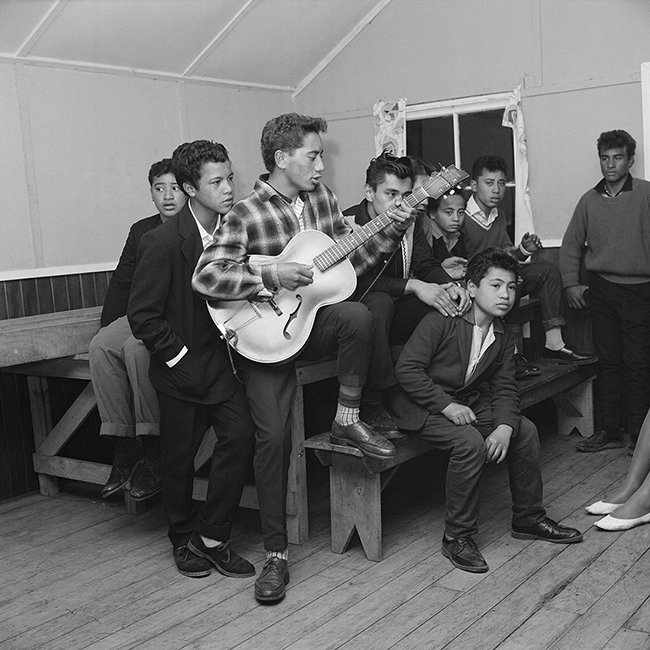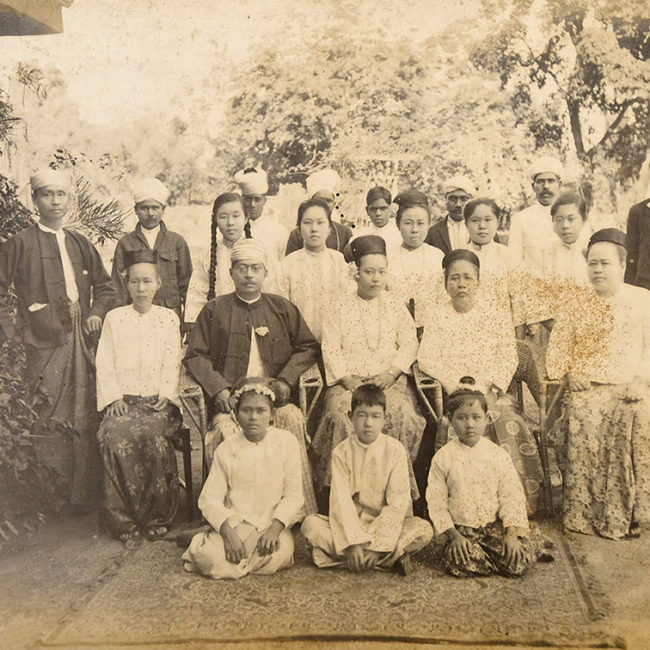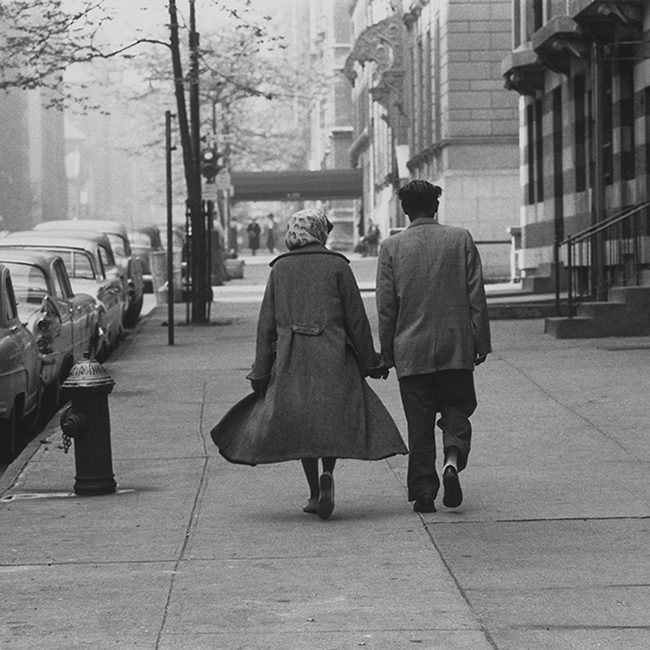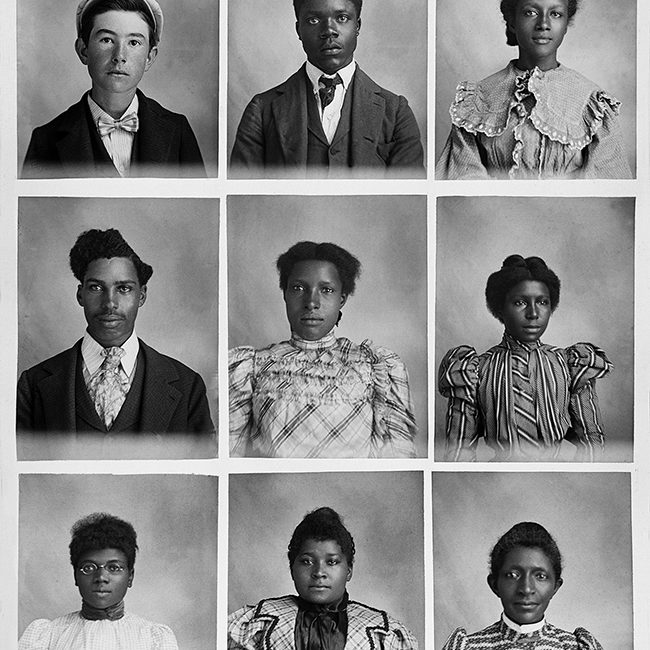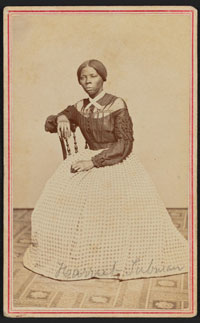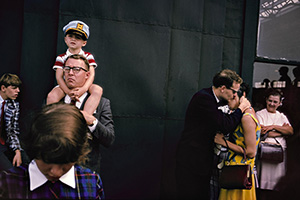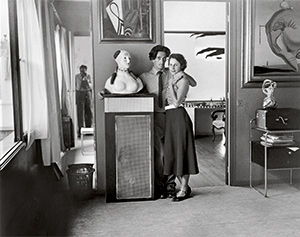In 1891 the African Choir, a 16 member ensemble drawn from mission stations and church choirs in South Africa’s Eastern Cape, toured Victorian England for the first time. Likely raising funds for a technical college, the choir dazzled large audiences in England and performed before Queen Victoria.
While in England, the singers’ portraits were made on glass plates by the London Stereoscopic Company. Then, for 125 years the images and the story of the choir were all but forgotten. A plausible explanation for the choir’s omission from history books is that the story of an educated African choir (some members were graduates of Lovedale College’s Alice Campus) “didn’t support the colonial narrative of the time, in which Africans were depicted as ‘noble savages.'”
For the first time in over a century, the portraits can be viewed as part of the traveling exhibition, The African Choir 1891, Re-Imagined. Currently hosted by the Apartheid Museum in Johannesburg, South Africa, the show is a contemporary multimedia installation based on the choir’s late nineteenth century trip to England. Although the group’s performances were never recorded, one concert program survived. The program revealed that the repertoire was divided between Christian hymns and traditional African hymns and became the source for contemporary reimaginings of their original recitals by Tshisa Boys Productions, a partnership between composers Phillip Miller and Thuthuka Sibisi. In 2015, the duo worked with 15 young singers in a series of improvised and collaborative workshops in Cape Town to recreate the original repertoire.
The installation of The African Choir 1891, Re-Imagined, includes five of the recreated songs along with 20 portraits of the choir members.
Despite the burial of the choir’s story, members of the choir moved on to become leading social activists and reformers in South Africa. In particular, Charlotte Maxeke along with her sister Katie Makanya, and Paul Xiniwe together with his wife Eleanor. Maxeke was a religious leader and a social worker who fought tirelessly for women’s rights. Xiniwe was a principal figure of the South African Native Congress, which in 1912 became the African National Congress, a political party instrumental in ending Apartheid in 1994.
This exhibition debuted in 2016 at Autograph ABP in London. It is curated by Renée Mussai, Senior Curator Artistic Programs and Head of Archive at Autograph ABP; songs composed and arranged by Philip Miller & Thuthuka Sibisi.
–Sarah Stacke
Apartheid Museum
The African Choir 1891, Re-Imagined
February 7-March 31, 2018
Johannesburg, South Africa
Related Articles
Zanele Muholi’s Visual Activism
Picturing a Post-Apartheid, Post-Genocide Generation
Notable Photo Books of 2016: – Santu Mofokeng: Stories No. 1: Train Church and Santu (for PDN subscribers; login required)
Photographer Zanele Muholi on Fighting Homophobic Violence with Portraiture (for PDN subscribers; login required)
